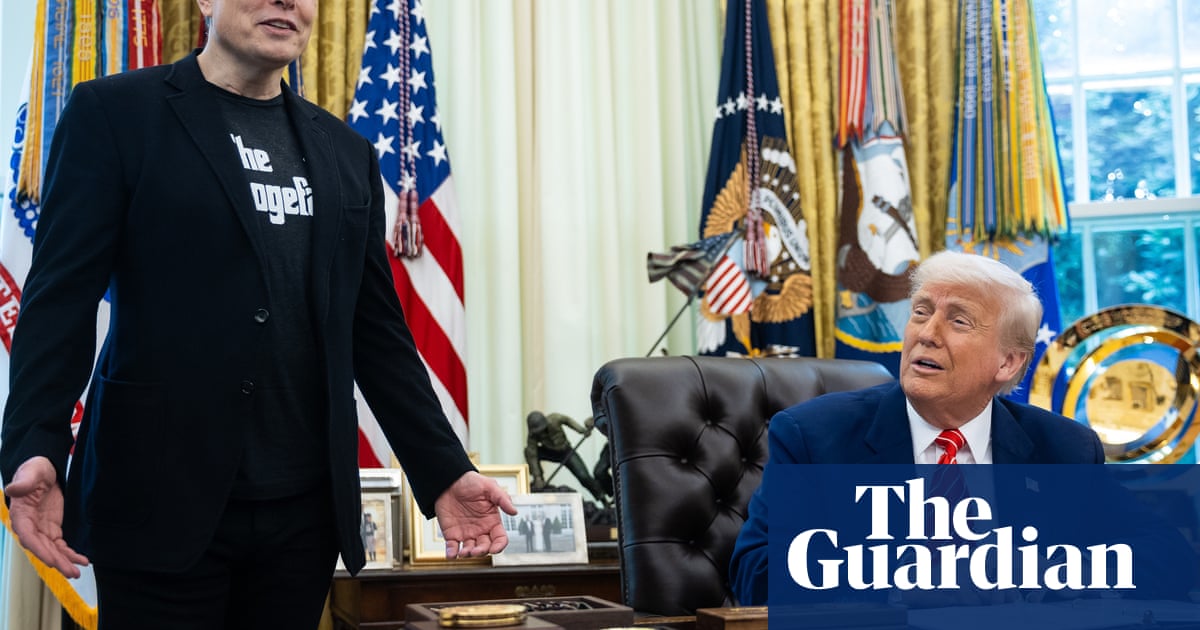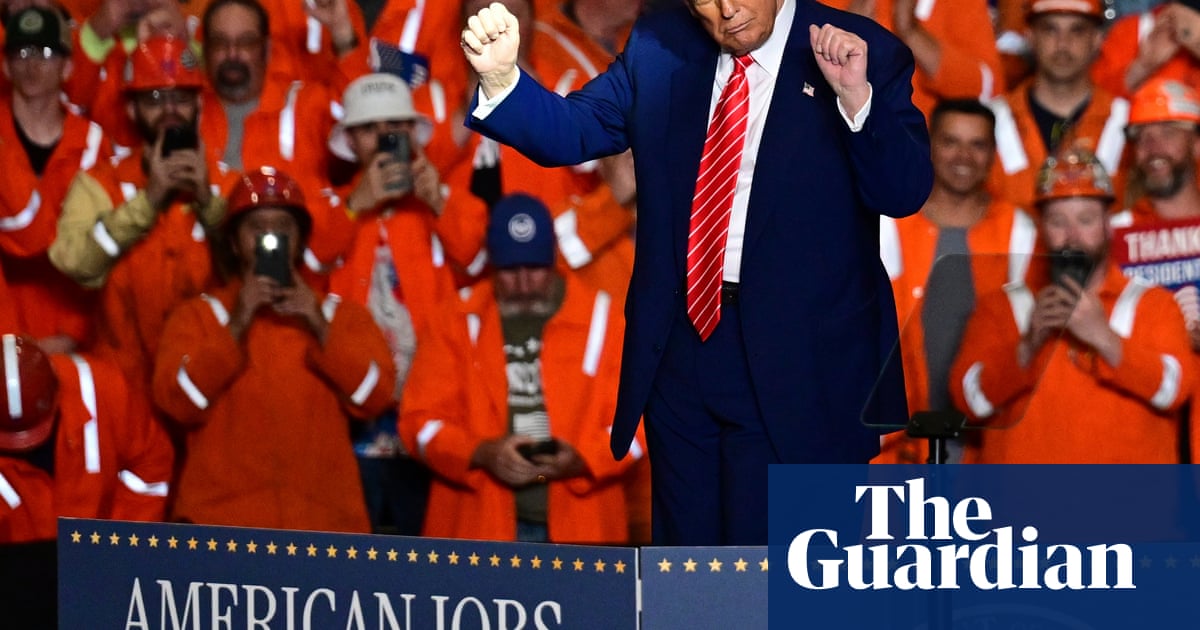By Brad Heath, Jason Lange, Andy Sullivan, Grant Smith
WASHINGTON (Reuters) -Elon Musk once famously wielded a chainsaw on stage in a theatrical demonstration of his effort to drastically cut U.S. federal spending under President Donald Trump. As he leaves government, official data shows he achieved something closer to a trim with scissors.
In the four months since Musk’s Department of Government Efficiency began slashing federal spending and staffing, a handful of the agencies he has targeted trimmed their combined spending by about $19 billion compared with the same period last year, according to U.S. Treasury Department summaries reviewed by Reuters.
That is far below Musk's initial goal of $2 trillion in savings and amounts to about a half of 1% of total spending by the federal government.
Musk said on Wednesday he is leaving the administration but that its cost-cutting work will "only strengthen over time." It remains to be seen, however, how enthusiastically Trump's cabinet secretaries will continue to downsize their departments.
DOGE says it pulled the plug on more than 26,000 federal grants and contracts that are worth about $73 billion, while more than 260,000 government workers have been bought out, taken early retirement or been fired.
But the DOGE tallies have been riddled with errors, according to reviews by numerous budget experts and media outlets, including Reuters. That has made them difficult to verify, and some of the announced cuts are not saving the government any money because judges have reversed or stalled them.
That leaves the Treasury Department’s daily reports on how much the government is spending as the clearest window into the scope of the administration’s cost-cutting.
The view they offer so far is modest: The government has spent about $250 billion more during the first months of Trump’s administration than it did during the same period of time last year, a 10% increase. And even some parts of the government Trump has cut the most deeply are, for now at least, spending more money than they did last year.
One big factor driving costs is largely outside Trump's immediate control: interest payments on the United States' growing pile of debt, which amount to about $1 in every $7 the federal government spends. Debt interest payments are up about 22% from a year ago.
Spending on Social Security, the safety-net program for the elderly and disabled, totaled about $500 billion since Trump's inauguration, up 10% from a year earlier.
To be sure, the view offered by the Treasury Department’s daily reports is incomplete.
Many of the cuts DOGE has made to the federal workforce, grants and contracting will reduce what the government will spend in the future but do not show up in its checkbook today.
For example, while thousands of workers have taken buyouts, the government will continue to pay their wages until October. So far, the Labor Department has estimated there were only about 26,000 fewer people on federal payrolls in April than were on the books in January, after adjusting the figures for typical seasonal swings.
Tallying savings from future cuts, however, is seldom straightforward.
“It could be that in the future we never replace these workers and we save billions of dollars, or it could be that they come back and it’s even more expensive than before,” said Martha Gimbel, executive director of the Budget Lab at Yale, a nonpartisan budget analysis organization at Yale University.
The White House declined to offer an explanation for DOGE's figures. Spokesman Harrison Fields said in a statement that “DOGE is working at record speed to cut waste, fraud, and abuse, producing historic savings for the American people.”
Reuters estimated the administration’s impact by tallying outlays at agencies that had been targeted for cuts and whose spending had dropped from the same time last year.
Among the agencies hardest hit are the Department of Education, State Department, U.S. Agency for International Development, National Institutes of Health, the Centers for Disease Control and Prevention and other independent agencies.
Rachel Snyderman, an expert on fiscal policy at the Bipartisan Policy Center, said the spending declines at agencies could be reversed if the Trump administration doesn't get congressional approval to cancel outlays from this year's federal budget, as required by law.
AN $11 BILLION EDUCATION CUT
The most obvious sign that the Trump administration is making a dent in federal spending is in the Education Department, which Trump has ordered shut down.
The administration cut the department’s staff by about half in March. DOGE’s website lists 311 Education Department grants and contracts it says it has eliminated for a savings of about $1.6 billion, though it is not clear how it arrived at those figures.
Some cuts have not stuck. A federal judge in March ordered the administration to restore some of the grants it had cut, and another judge this month ordered it to rehire 1,400 workers.
Still, the Education Department under Trump has spent close to $11 billion less than it did over the same period last year, the Treasury reports show, far more than what DOGE says it has cut.
One reason could be that layoffs have made it harder for the government to process payments for special education and low-income schools. School districts that have sued over the cuts alleged that states were already experiencing slowdowns in receiving money.
Another factor for the reduced outlays: The department has stopped handing out the $4.4 billion that remains to be distributed from the hundreds of billions of dollars approved in previous years to help schools weather the COVID-19 crisis.
The Education Department did not respond to a request for comment.
OTHER AREAS DOGE HAS CUT
Other agencies targeted in Trump’s overhaul are also starting to show declines in their spending compared with the same time last year.
Spending is down about $350 million at the CDC and about $1 billion at the National Institutes of Health.
The Trump administration has moved to slash spending across those agencies, cancelling grants and ending leases for office space.
The Department of Health and Human Services has reported terminating close to 2,000 grants that planned to disperse more than $20 billion.
Many of the grants were to boost labs that fight new infectious diseases, or to fund state mental health programs. Some $14 billion of the grant money had already been spent prior to the termination, with roughly $7 billion effectively frozen, according to a Reuters analysis of the government's tallies.
The administration has effectively dismantled USAID, which handled most U.S. foreign assistance, firing nearly all of the agency's employees and cancelling most of its humanitarian aid and health programs, though federal courts have forced the government to continue making some payments.
USAID spending is down about 40%, to about $4.6 billion, from last year. Spending at the State Department – where DOGE says it has cut nearly $1 billion in grants and contracts – is also down about 20% from 2024.
WHY WE CAN’T KNOW MORE
Measuring the impact of the administration's actions is difficult because many cuts will not yield savings for months or years even as spending elsewhere increases. Spending on federal employee salaries, for example, is up by more than $3 billion under Trump.
Some of the grants and contracts DOGE cut were due to be paid out over several years, and many remain the subject of lawsuits that will determine whether they can be cut at all.
DOGE says it has saved taxpayers $175 billion, but the details it has posted on its website, where it gives the only public accounting of those changes, add up to less than half of that figure. It says the figure includes workforce cuts, interest savings and other measures it has not itemized.
It is also hard to know exactly how much the government would have spent if the administration had not started cutting.
(Reporting by Brad Heath, Jason Lange and Andy Sullivan in Washington and Grant Smith in New York, Editing by Ross Colvin and Matthew Lewis)

 German (DE)
German (DE)  English (US)
English (US)  Spanish (ES)
Spanish (ES)  French (FR)
French (FR)  Hindi (IN)
Hindi (IN)  Italian (IT)
Italian (IT)  Russian (RU)
Russian (RU) 























Comments